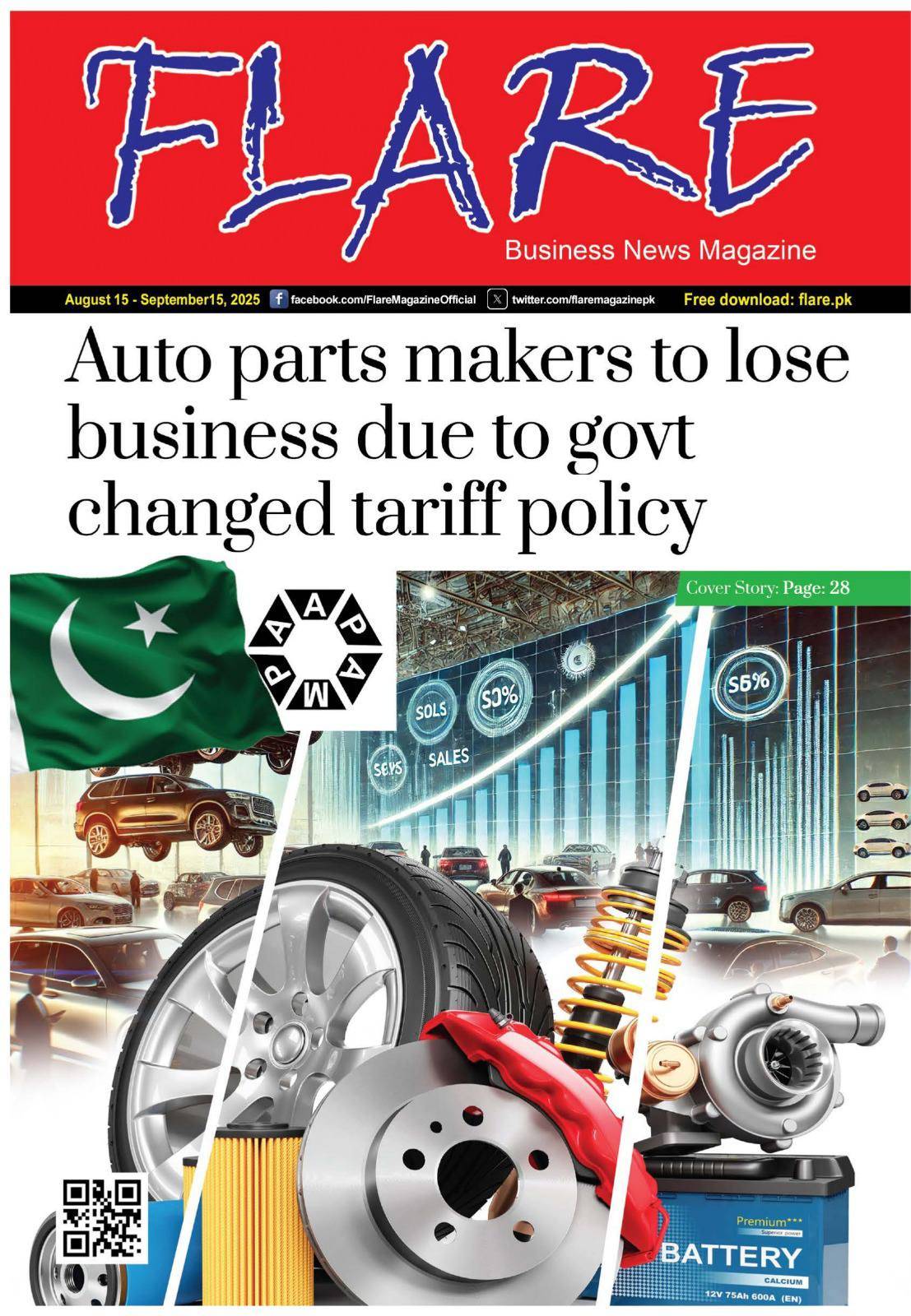Cars in Pakistan are often criticized for being unaffordable, but recent data shows a surprising reality. When we look at net-of-tax prices, vehicles assembled in Pakistan are not as expensive as many people think. In fact, in some cases, Pakistani car prices are lower than those in regional auto markets like Indonesia and Thailand.



Car Price Comparison with Regional Markets
For example, a Toyota Corolla 1.8 CVT costs $18,497 in Pakistan, while the same model is priced at $31,299 in Indonesia and $28,014 in Thailand. Similarly, the Corolla Cross Hybrid 1.8 CVT sells for $24,557 in Pakistan compared to $32,399 in Indonesia and $35,884 in Thailand.
Other popular models also show competitive pricing. The Toyota Yaris segment is priced at $13,911 in Pakistan, close to $12,996 in Indonesia and much cheaper than $20,002 in Thailand. The Honda City 1.5L costs $15,971 in Pakistan, compared to $21,571 in Indonesia and $13,778 in India.
Smaller cars follow the same trend. The Suzuki Swift 1.2L is $13,251 in Pakistan against $10,866 in Indonesia, while the Suzuki Alto, Pakistan’s best-selling entry-level car, is priced at $9,111 versus $8,440 in Indonesia and $5,684 in India.
Why India is Different
India’s auto market is unique because of its massive scale. The country produces nearly six million vehicles every year, supported by a strong raw material industry and the presence of international auto part makers. India also protects its domestic market with over 100% customs duty on imported cars. With stable policies for three decades, global companies like Suzuki have invested heavily, producing almost two million cars annually. Easy consumer financing and advanced testing infrastructure further boost demand.
Indonesia and Thailand’s Strategy
Indonesia and Thailand also produce far more cars than Pakistan, but both maintain 80–100% import duties on completely built units (CBUs). These protective policies ensure that their domestic industries remain strong despite global competition.
Pakistan’s Position in the Region
Pakistan’s auto industry is smaller but significant, with 15 local assemblers and around 1,200 parts manufacturers. This ecosystem supports about 1.83 million livelihoods. Import duties are relatively lower, ranging from 50% on small cars to 90% on larger models. Industry experts point out that the ex-factory prices in Pakistan are competitive compared to regional players. The real challenge comes from high sales tax, federal excise duty, and registration charges, which push final consumer prices upward.
Concerns Over IMF Policies
Some analysts question why the IMF is encouraging Pakistan to open up for used car imports. They argue that if the local industry is already competitive and supports millions of jobs, allowing used imports could destabilize the market and hurt domestic production.
Conclusion
The evidence suggests that cars in Pakistan are not unreasonably priced compared to regional markets when measured before taxes. The real issue lies in heavy taxation and policy instability, which make cars unaffordable for many consumers. If the government focuses on reducing taxes and ensuring long-term stability, Pakistan’s auto industry has the potential to grow further and provide affordable vehicles to the public.



